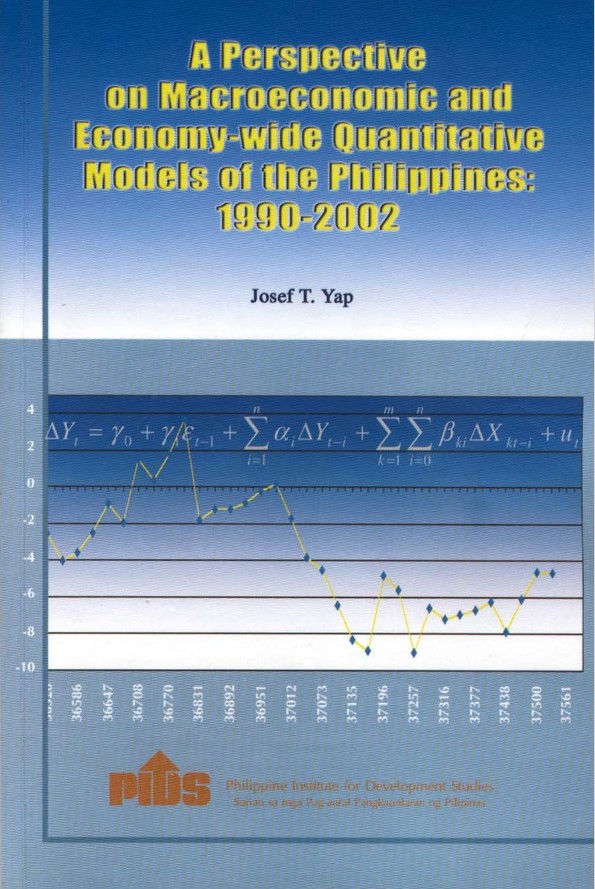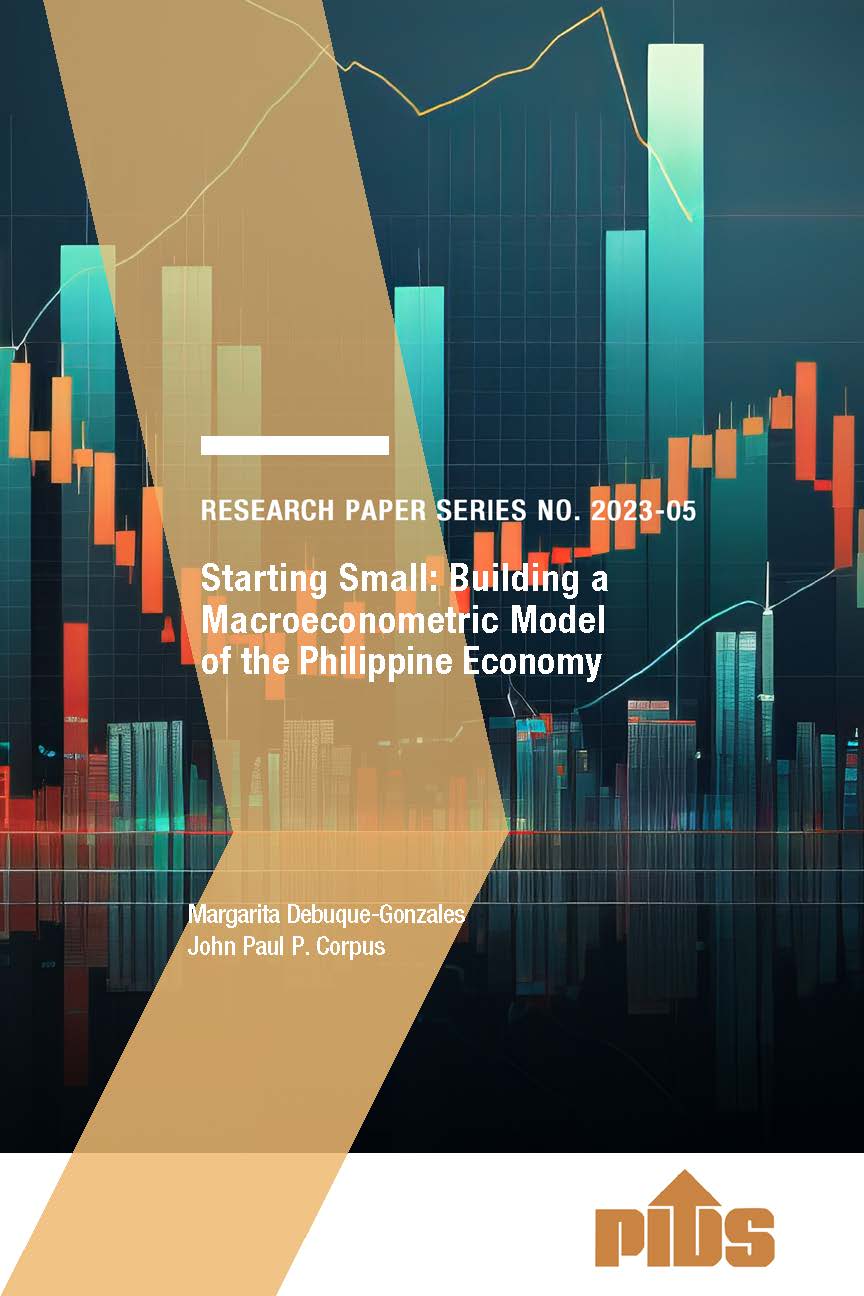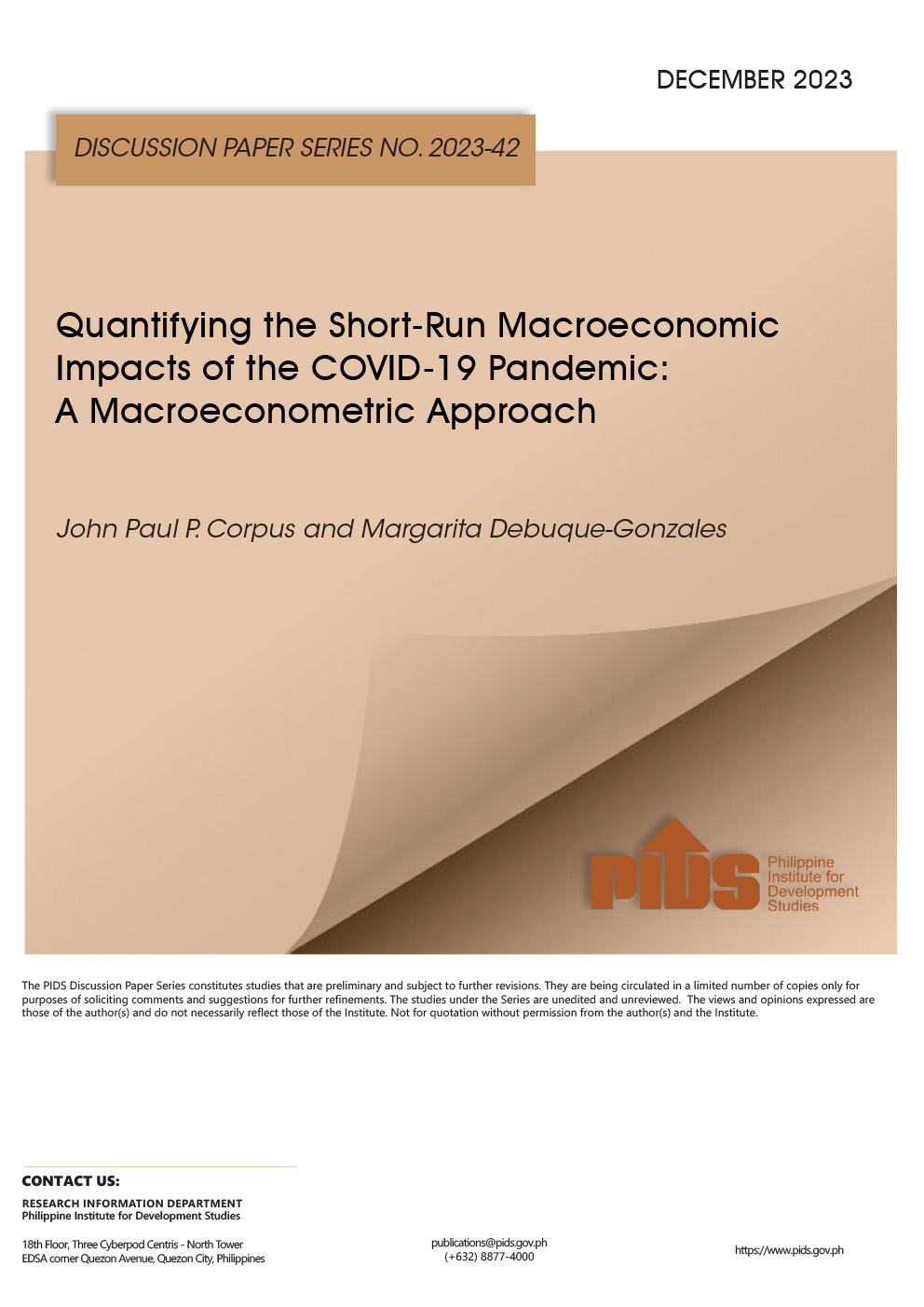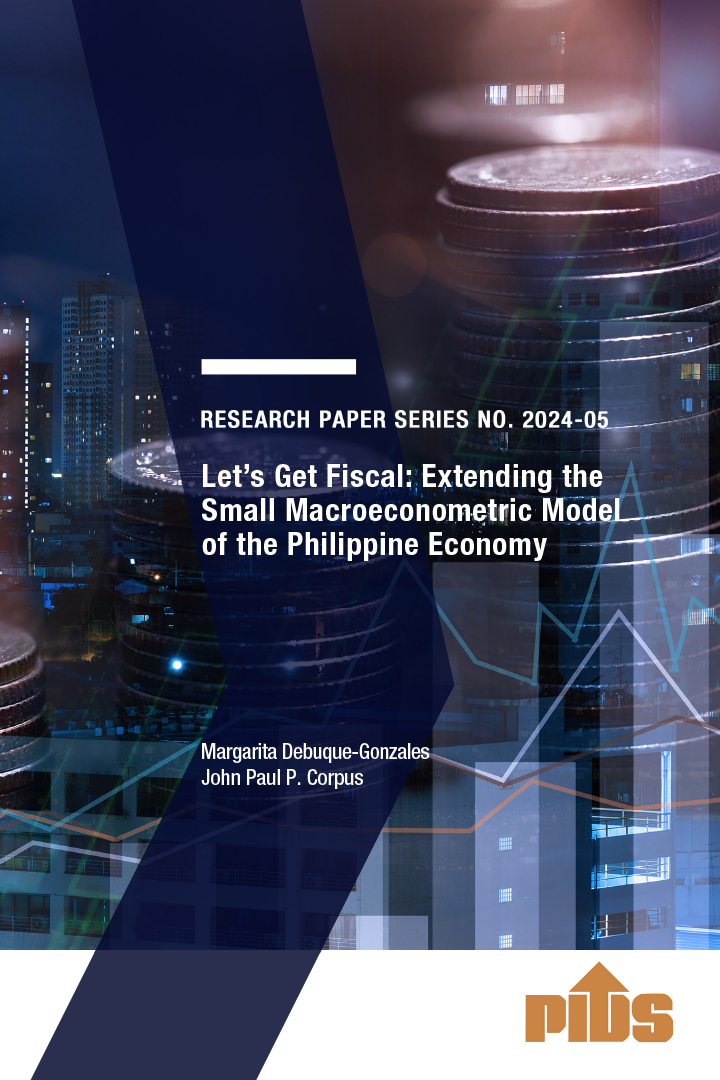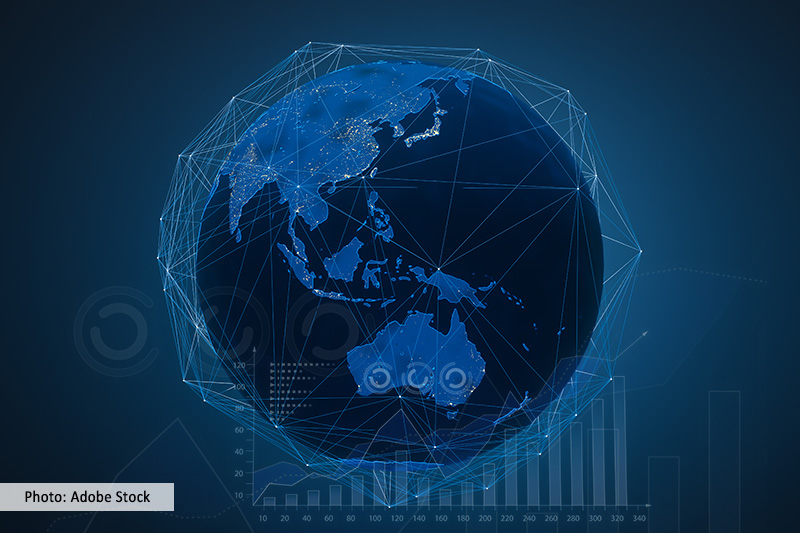This paper surveys the development of macroeconometric and CGE models in the Philippines during the period 1990-2002, primarily in terms of their structure and applications. Many of the recent developments in macroeconometric modeling have been incorporated in Philippine models. However, Philippine CGE models have hardly progressed beyond the standard neoclassical framework. Over time, there has been convergence in these two types of quantitative models: CGE models have increasingly used econometric estimates obtained from time-series data while macroeconometric models have been applied to monitor social outcomes like poverty and income distribution. These quantitative tools have become an integral part of policy analysis in the Philippines.

